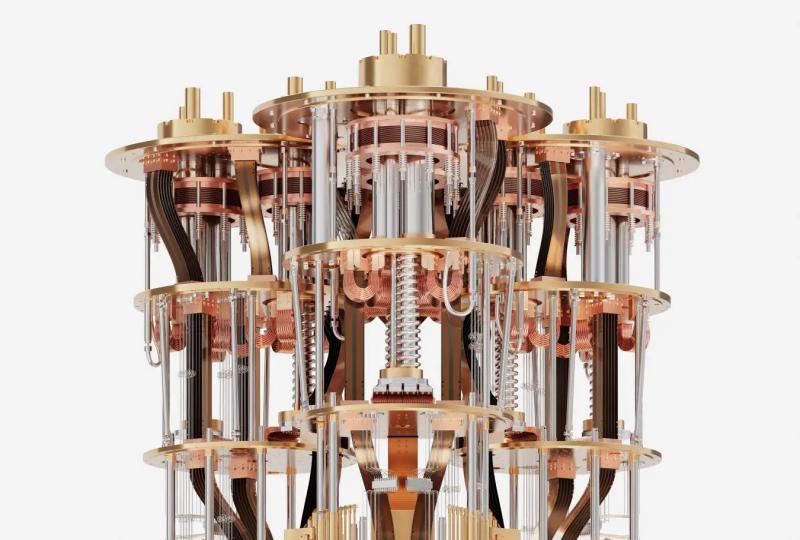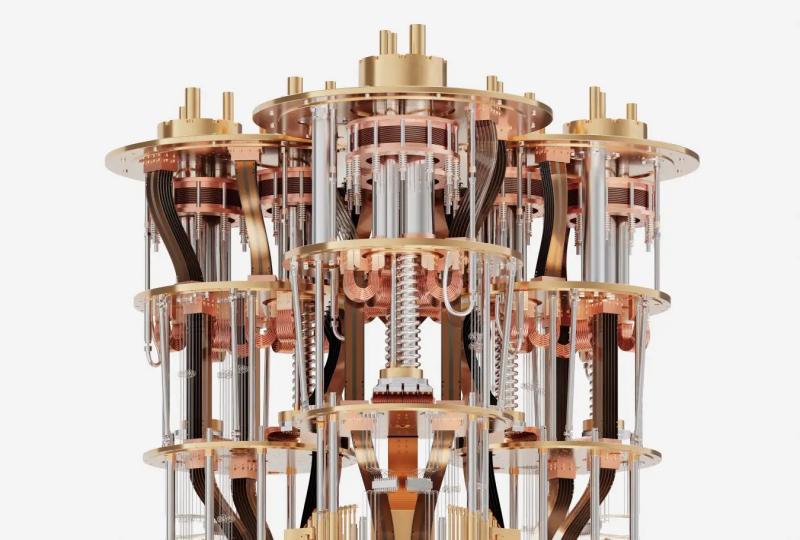Superconducting Quantum Technology - Insights into Quantum Computing Marvel
2025.07.11 · Blog Superconducting Quantum Technologyquantum simulationquantum computer
Introduction
Superconducting quantum technology has emerged as a leading candidate in the race to build practical quantum computers. By leveraging the unique properties of superconductors at low temperatures, this technology aims to harness the power of quantum mechanics for computing, offering the potential to revolutionize various industries.
Principles of Superconducting Quantum Technology
-
Superconductivity Basics
Superconductivity is a phenomenon where certain materials exhibit zero electrical resistance below a critical temperature (Tc). This occurs when electrons form Cooper pairs. In a normal conductor, electrons scatter off impurities and lattice vibrations, causing resistance. However, in a superconductor, Cooper pairs move through the lattice without scattering, enabling loss - less current flow. For example, materials like aluminum (Al) and niobium (Nb) are commonly used in superconducting quantum devices, with Al having a relatively low Tc around 1.2 K and Nb at approximately 9.2 K.
-
Qubit Representation
Superconducting qubits are the fundamental units of information in this technology. A common type is the transmon qubit, which is based on a Josephson junction. A Josephson junction consists of two superconductors separated by a thin insulating layer. Due to quantum tunneling, Cooper pairs can tunnel across the junction, creating a supercurrent. The energy levels of the system can be manipulated to represent the two states of a qubit, typically denoted as ∣0⟩ and ∣1⟩. The ability of the qubit to exist in a superposition of these two states, as per the principles of quantum mechanics, is what gives superconducting quantum computers their computational advantage.
-
Quantum State Manipulation
Microwave pulses are used to manipulate the quantum states of superconducting qubits. By applying microwave radiation at specific frequencies that match the energy level differences of the qubits, transitions between the ∣0⟩ and ∣1⟩ states can be induced. For instance, a single-qubit rotation gate can be implemented by applying a precisely timed and calibrated microwave pulse. Entanglement, another crucial quantum property, can be created between qubits. In superconducting systems, this can be achieved through capacitive or inductive coupling between qubits, enabling them to work together in a coordinated manner for complex quantum computations.
Key Components in Superconducting Quantum Technology
-
Qubits
Transmon Qubits: As mentioned, transmon qubits are widely used. They are designed to be relatively insensitive to charge noise, which is a major source of decoherence in other qubit designs. Their capacitance - inductance (LC) circuit - like structure allows for easy fabrication and integration on a chip. For example, in a multi-qubit superconducting chip, transmon qubits can be arranged in an array, with each qubit connected to a network of control and read-out lines.
Flux Qubits: Flux qubits are another type. They rely on the quantization of magnetic flux in a superconducting loop containing one or more Josephson junctions. The state of the qubit is determined by the direction of the persistent current flowing in the loop. Flux qubits are sensitive to external magnetic fields, which can be used to control their quantum states. However, they are more susceptible to magnetic field noise compared to transmon qubits.
-
Control and Read - Out Systems
Control Electronics: Superconducting quantum systems require highly precise control electronics. Microwave generators are used to produce microwave pulses for qubit manipulation. These generators need to be able to generate pulses with accurate frequencies, amplitudes, and phases. Additionally, digital - to - analog converters (DACs) are used to convert digital control signals into analog voltages that can drive the microwave generators.
Read - Out Devices: To measure the state of the qubits, single - photon detectors or resonators are often used. In a common read - out scheme, a microwave resonator is coupled to the qubit. When the qubit is in the ∣0⟩ or ∣1⟩ state, it changes the resonance frequency of the resonator. By measuring the response of the resonator to an applied microwave signal, the state of the qubit can be determined.
Challenges in Superconducting Quantum Technology
-
Decoherence
Decoherence is one of the most significant challenges. It occurs when qubits interact with their environment, causing them to lose their quantum states. Sources of decoherence in superconducting quantum systems include thermal noise, where the low - temperature environment is not perfectly isolated, and quasiparticle tunneling. Quasiparticles are unpaired electrons that can disrupt the superconducting state and interact with the qubits. To mitigate decoherence, researchers are developing better cryogenic systems for thermal isolation and improving the quality of superconducting materials to reduce quasiparticle generation.
-
Scalability
Scaling up the number of qubits in a superconducting quantum computer is a complex task. As the number of qubits increases, the problem of crosstalk between qubits becomes more severe. Crosstalk occurs when the control of one qubit inadvertently affects the state of neighboring qubits. Additionally, the complexity of the control and read - out systems grows exponentially. To address scalability, new chip architectures are being explored, such as 3D - integrated designs that can reduce crosstalk and improve the efficiency of qubit control and read-out.
Applications of Superconducting Quantum Technology
-
Quantum Computing
In quantum computing, superconducting quantum technology has the potential to solve complex problems that are intractable for classical computers. For example, in optimization problems like the traveling salesman problem, where finding the shortest route through a set of cities is required, quantum algorithms running on superconducting quantum computers could potentially find near - optimal solutions much faster. In machine learning, superconducting quantum computers could accelerate the training of neural networks by performing complex matrix operations more efficiently.
-
Quantum Simulation
Superconducting qubits can be used to simulate quantum systems. In chemistry, this can help in understanding the behavior of molecules at the quantum level. By representing the atoms and bonds of a molecule as qubits and their interactions as quantum gates, researchers can simulate chemical reactions. This is crucial for drug discovery, as it can predict how potential drug molecules interact with biological targets, reducing the time and cost of traditional experimental methods.
-
Quantum Communication
Although still in the experimental stages, superconducting quantum technology could play a role in quantum communication. For instance, superconducting qubits could be used to generate and transmit quantum keys for secure communication. The principles of quantum mechanics, such as the non - cloning theorem, ensure that any attempt to eavesdrop on the quantum key would be detected.
Conclusion
Superconducting quantum technology represents a promising avenue for unlocking the potential of quantum computing. While it faces significant challenges, continuous research and development efforts are being made to overcome these obstacles. As the technology matures, it has the potential to transform multiple industries, from scientific research to finance and communication, ushering in a new era of technological advancement.
Featured Content






